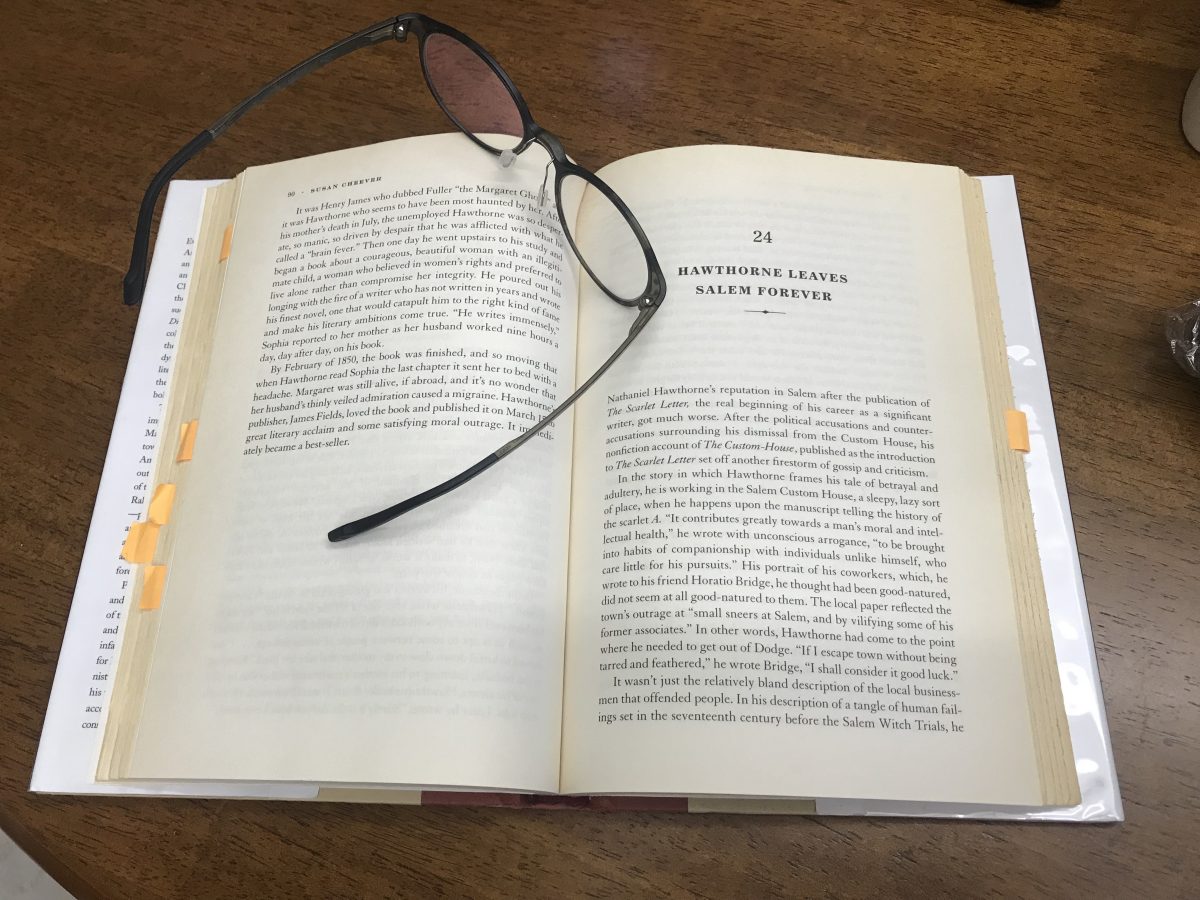“American Bloomsbury” Surprises and Delights
My wife and I were having lunch with one of her friends who was asking me about why I chose to name the lead character in my novel trilogy Nathaniel Hawthorne Flowers. Once I’d dodged that bullet, I asked her if she knew that Nathaniel Hawthorne’s home was six miles from where we sat lunching.
“Of course,” she replied. “I’ve toured it, and Louisa May Alcott’s home which is just a few doors down. And Emerson lived across the street and of course, Thoreau lived within walking distance in his cabin at Walden Pond. There were so many writers living in Concord at the time that Susan Cheever called them the ‘American Bloomsbury’ in her book.”
I knew something of this, having lived in Lexington for as long as I have, and knowing Lexington and Concord were significant in American literary history. But I was unaware of the book written by author John Cheever’s daughter, Susan, an author in her own right, and was eager to have a look at it.

If you are interested in the lives of some of America’s most prominent and interesting writers, you, too, should head for your local library or Amazon and dig up a copy. It’s out of print, but still around.
While not strictly a fan of biographies, I found American Bloomsbury fascinating. Cheever did her homework, but what’s equally impressive is the way she has woven the lives of these writers, and a few others, into a tapestry not unlike the braided rag rugs which were common in these same early days of our country. (Hawthorne lived from 1804-1864.) Just as little pieces of cloth were collected, then woven with hundreds of other snippets into braids that wound round and round into oval and circular rugs, so does Cheever tell her tale. It works, and it works quite well. She begins at the beginning, but after that different themes and incidents take over, one chapter at a time, to tell the tales of these artists’ lives (I just typed loves, as if by mistake, although their oft-entangled or unrequited love lives are prominent in Cheever’s book).
You’ll learn that Emerson had wealth and freely shared it with the others. That Thoreau “went to the woods to live deliberately” because he had nowhere else to go. That a woman named Margaret Fuller enchanted nearly every man in the American Bloomsbury group at one time or another. That Cheever says Nathaniel Hawthorne was “a rat with women.”
I’m happy to say that my Nathaniel Hawthorne Flowers does not, in this respect, possess his namesake’s behavior.
The chapters, like the bits of cloth in a rag rug, are short and to the point. Sometimes they advance one after another, and sometimes they do not. But the book begins, and remains, fascinating on every page.




